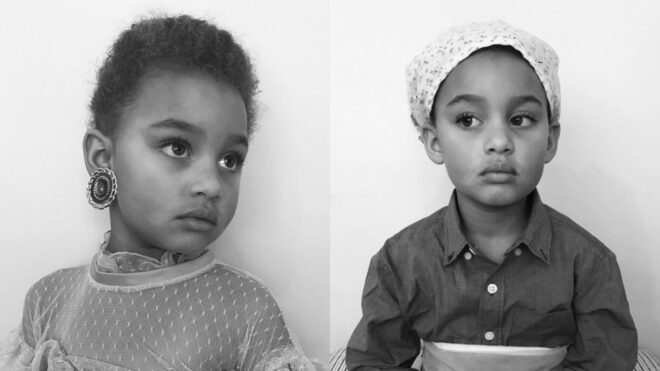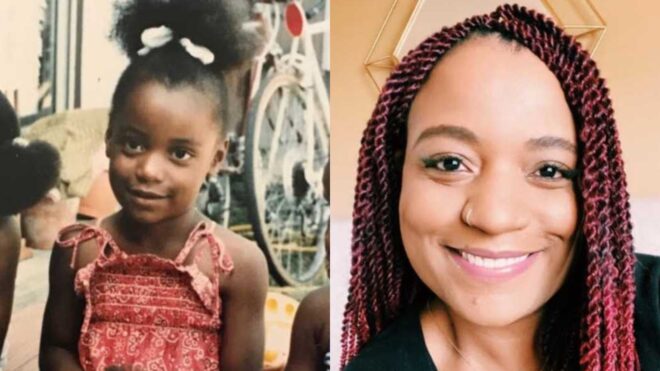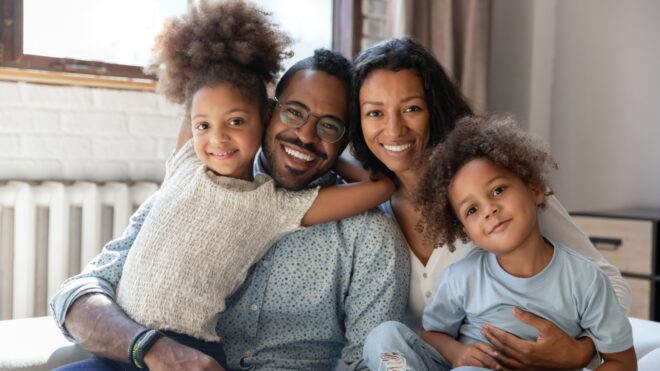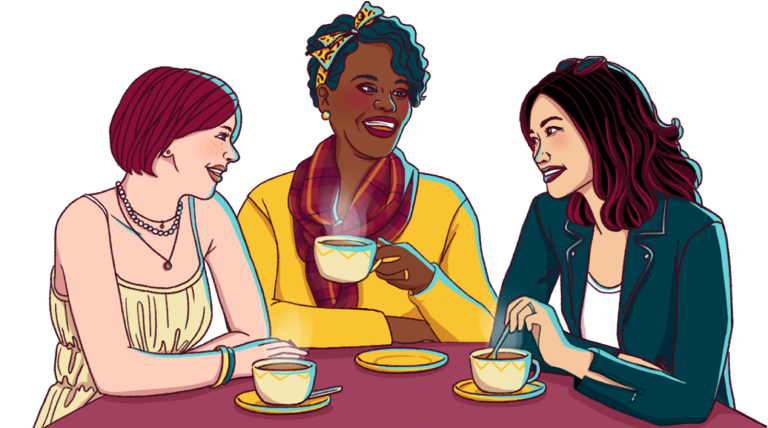
The other day, casually while having dinner, my daughter told me that she needs to think of a way to keep people from touching her hair at school. My daughter has thick, long, 4C natural hair. I’ve raised her to have pride in her natural hair, but I noticed that pride being challenged as she attends a predominantly white school. I asked what she meant by “keep people from touching her hair,” and she told me a story about how children were chasing after her so they could feel how “fluffy” her hair was. She mentioned that little boys were aggressive and sometimes pulled her hair and that her friends were offended when she didn’t want to allow them to play with her hair because it tangles easily. I asked if she reported these behaviors to her teachers or an adult in charge. She told me she tried but then eventually felt embarrassed to report it because the teachers had also touched her hair without permission as a means of showing they “liked it.”
I realized that I never sat down to have a conversation with my daughter about consent.
I thought that it was implied that you don’t ever touch a black girl’s hair, but I didn’t teach her that she has the right to tell someone no and that her body, hair, and so forth all belong to her and only she can give permission to others before they can come into contact with her body. It's a concept my gentle daughter couldn’t fully grasp. I also explained that she has the right to even file a complaint on a teacher who touches/plays with her hair or touches her body in any way that makes her uncomfortable. I also explained that I will support her complaints without question as well as file them on her behalf if she is uncomfortable but wants to file a complaint.
Although I recognize the average person doesn’t think of hair as something beyond the trivial, for black women and femmes, our hair is a part of our identity. We spend hundreds of dollars caring for it. We have been patronized, abused, excluded, and reprimanded for it. For us, our hair is sacred. But even if one couldn’t relate to the significance of black hair to the individual identity, something that everyone can understand is touching someone without permission is a violation of personal space.
My perspective on children and consent changed when I noticed that my youngest daughter was struggling with sensory processing.
She didn’t like to touch or be touched unless it was in a certain way and by certain people. When the meltdowns became so overwhelming that I was fantasizing about leaving my children behind and assuming a new identity, I realized that something had to change. It dawned on me no one, not family, friends, coworkers, has a right to touch my body or enter my space and that very same autonomy should be attached to my children.
Suddenly I found myself in a nonstop battle, defending my children fromn… what seemed to be everyone. And that’s when it struck me — the responsibility of consent is always placed on the person being violated, the victim, rather than the perpetrator or the person disregarding consent.
When we talk about consent with our children, we typically put the onus on the person being violated.
We take time to remind our children to set boundaries and they have the right to deny consent. We spend time telling them what to do if they are violated. But I don’t think enough parents spend time creating a consent culture within their homes and families at large. I know I hadn’t been creating a culture of consent within my own home. I was raised in a home where when it was time to hug and kiss, you better hug and kiss. When someone wanted to touch you, they would, and there would be trouble if you had a nasty or “stuck up” attitude about it. As a result, I grew into an adult who not only touched others without consent but also never felt as though I had a right to stop others from violating me. The concept of boundaries and permission was fully lost on me as an adult, and upon reporting violations, the responsibility and blame was always put back onto me.
How do we stop this cycle from occurring? In a time where we have powerful government officials with allegations of sexual assault pending, the evidence for a need to change the narrative and create a culture based on consent is overwhelming. And it begins at home with our children. It begins with asking our children for hugs, rather than demanding it. It begins with asking our children if we can touch them so they understand that not only do they have some control over the interaction but that they also should expect that people would ask before entering their personal space.
Normalizing consent with leading by example is one way to set the expectation that people should seek permission before touching/entering space. Modeling appropriate behavior is an easy way for children to internalize how to behave within society, but showing children how to behave is only one part of the solution. The other part of the solution involves honest conversation.
I learned that it's important to normalize discussion around consent.
Simply asking “Did they ask to touch your hair? How did that make you feel when they touched you? Were you OK with that interaction or uncomfortable?”shifts the onus. Allowing children to assess their own comfort and to communicate their feelings regarding consent and interactions with others creates an open conversation for them to acknowledge and assess their feelings. This helps them to understand their own personal boundaries. It wasn’t until six months ago that I realized my 11-year-old doesn’t like hugs.
She was never one to cuddle as an infant, and I never asked her how hugs and affectionate touching makes her feel. When I did, she confessed that it makes her uncomfortable and that she prefers to be the one to initiate consensual contact rather than to be on the receiving end. Without opening the lines of communication, I would have never known and I wouldn’t have thought to set the household expectation that no one hugs her without permission.
Normalizing discussions needs to be devoid of victim blaming. A lot of times, while under the premise of “understanding the situation,” we ask questions that hyperfocus on our children and what they could have done better or differently. The truth is that our children are learning to be responsible for regulating their own bodies and emotions. When they are violated in any way, their behaviors will never account for the choices another person made.
Rather than asking what they did or why the person thought it was all right to enter your child’s personal space, ask them to neutrally describe the situation and circumstances. Ask if there was adult supervision or intervention at any point. Ask how the encounter made them feel. Ask them what they would have preferred had happened. Sometimes the answer might be as simple as “Take no for an answer” and sometimes it the answer may require deeper conversation, such as children pulling at modesty clothing, playing with POC children’s hair, or messing with assistive devices of impaired/disabled children.
Lastly, remember that creating consent culture requires action beyond your home.
Although it's important to drive home that consensual interactions are the only ones that will be tolerated, these conversations and expectations need to exist in all places. For example, when my nephew refused a hug, I acknowledged his refusal and I sternly communicated to my brother that “Our home is a consent-based-safe-space. No means no, and I won’t challenge his decision.” A friend of mine, during all play dates, always asks her daughter, “Did we ask before we touched them? No? Then apologize and ask for permission.” It was strange to hear her vocalize these expectations aloud at first, but the result was that my children, while interacting with her daughter and with one another, began to also use the language and adhere to the expectation without even realizing it. My friend’s remaining consistent with her own child as well as with adults who entered our space set the tone for consent during the play date.
Discussions about consent seem awkward and uncomfortable to begin with. But the more we have them, the more mundane these discussions become. Changing culture starts with changing minds and speech surrounding certain ideas. I look forward to a day when consent becomes the norm and there are clear consequences for violating boundaries.







